What is a workstation?A workstation (WS) is a computer system businesses or professionals use for their work. The fact that it contains more potent components sets it apart from a standard personal computer (PC). Workstations can do difficult jobs rapidly since they have a quicker CPU. Additionally, they have one or more high-resolution monitors, which makes it simpler for users to view complicated designs or images. 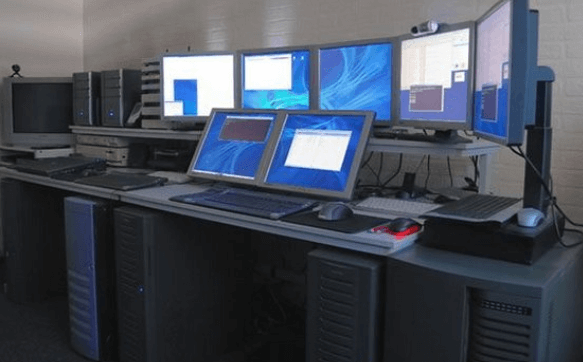
Workstations are capable of multitasking. Users may run numerous demanding programs concurrently without the system slowing down since they have more RAM and storage discs. Professionals that frequently work with a lot of data and sophisticated software, such as those in engineering, architecture, science, graphic design, and video editing, should be aware of this. Workstations also excel in handling graphics. Professionals can produce and modify complex visualizations, 3D models, and movies thanks to the high-speed graphics adapters they are equipped with. This is particularly advantageous in CAD, animation, and multimedia production activities. Moreover, the term workstation can sometimes refer to a computer connected to a local area network (LAN). Workstations are part of a network in this setup, sharing sources and data with different computers and servers. This allows for collaboration and efficient data management within a professional environment. Evolution of workstationsWorkstations have evolved significantly to meet the growing demand for powerful computing in professional settings. Early workstations appeared in the 1960s as freestanding devices utilized by researchers and professionals who wanted more processing capability than home computers should provide. Technology developed considerably when graphical user interfaces (GUIs) were added in the 1980s. Corporations like Sun Microsystems and Silicon Graphics have invented workstations with excessive-resolution displays and complicated image capabilities. These workstations revolutionized fields like CAD, animation, and visual effects by allowing experts to produce complex graphics more quickly. With the development of the Intel x86 architecture, workstations became more widely available and more reasonably priced in the 1990s. Standardized components and operating systems made them popular, especially Windows-based workstations. Advancements in processors, memory, and storage technologies characterized the 2000s. multi-core processors and larger RAM capacities allowed for improved multitasking and handling of large datasets and demanding applications. Recent years have witnessed the integration of specialized GPUs and accelerators in workstations. These have enabled professionals to leverage emerging technologies like AI and machine learning. The trend towards compact and mobile workstations has additionally gained momentum, with laptops and portable workstations supplying impressive computing and image abilities for professionals on the go. In the future, workstations will be shaped by using VR, AR, and cloud computing technology. These improvements will continue to drive the evolution of workstations, providing even more effective tools for experts to address complex challenges in their respective-fields. Features of workstations
Types of WorkstationsWorkstations come in various types, all suited to certain professional uses and specifications. Let's explore some of the usual workstation types: 1. General-purpose Workstations: These workstations are designed to handle various professional tasks. They feature powerful processors, adequate memory, and expert-grade snapshot capabilities. General-purpose workstations are flexible and may be used for responsibilities, data analysis, software development, and content creation. 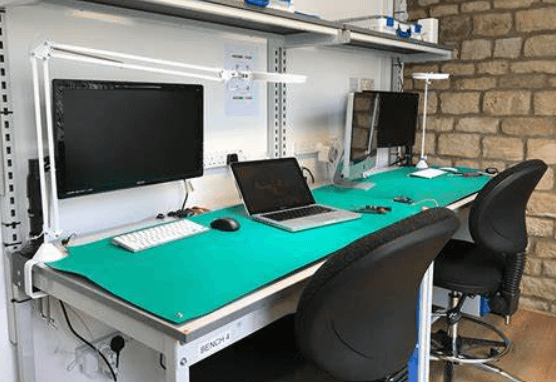
2. Engineering and CAD Workstations: These workstations have been designed to be used with CAD and engineering software. They often use high-performance processors and specialized graphics cards to handle difficult modeling, simulation, and rendering jobs. Workstations for engineering and CAD are frequently employed in fields including architecture, mechanical design, and product development. 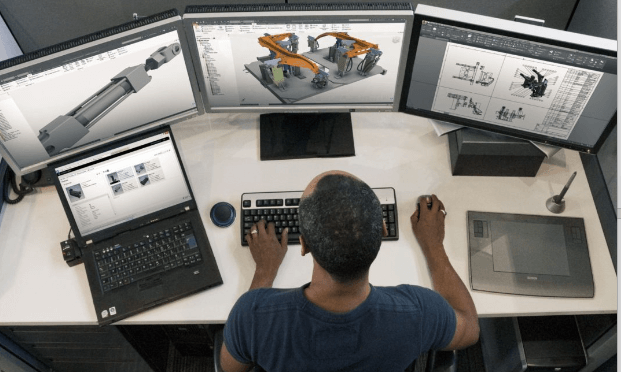
3. Scientific and research workstations: Designed to handle data processing, computational research, and scientific simulations. They have powerful CPUs, plenty of memory, and specialized software for scientific modeling and data processing jobs. Professionals in various professions, including bioinformatics, physics, and climate modeling, use these workstations to help with their study and testing. 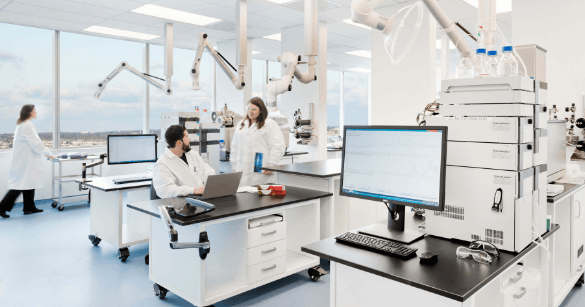
4. Financial and Trading Workstations: These workstations are designed with financial evaluation, trading, and the processing of marketplace information in mind. They've fast processors, lots of memory, and software programs for real-time data processing and decision-making. Professionals in the fiscal quarter, consisting of investors, analysts, and quantitative researchers, frequently use these workstations to enhance their ability to assess marketplace styles and make sensible investment decisions. 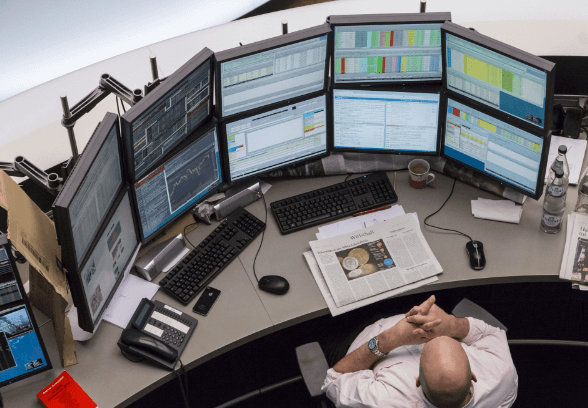
5. Workstations for virtualization and servers: These workstations are made to run server programs and host virtual machines. They have strong multi-center CPUs, plenty of memory, and much storage. Machine administrators, IT experts, and developers build virtualized environments, host server applications, and check software configurations using virtualization and server workstations. 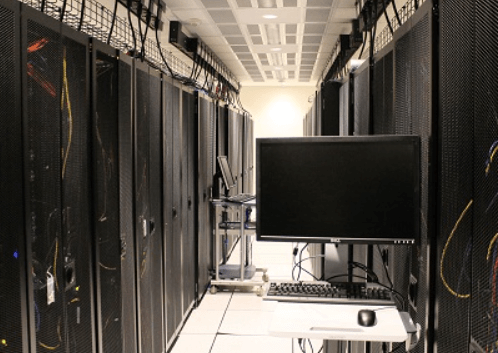
6. Graphics and Animation Workstations: These computers are designed specifically for activities including 2D and 3D design, animation, and visualization. Large monitors, powerful graphics cards, and specialized software for producing and editing visual material are all included. These workstations are frequently employed in fields including gaming, visual effects, architectural visualization, and industrial design. 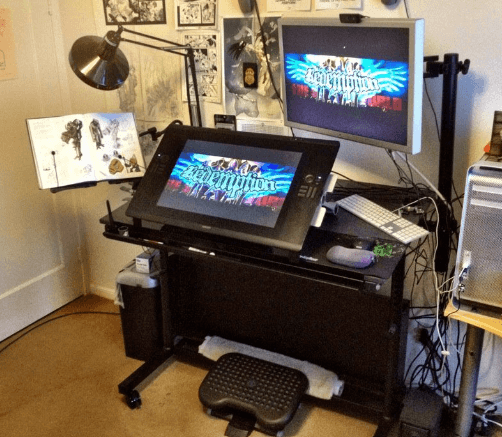
Components of a Healthy WorkstationA healthy and ergonomic desk configuration is crucial to encourage productivity, comfort, and general well-being. Let's examine the essential elements of a healthy workstation and discuss their significance:
Advantages and Benefits of WorkstationsWorkstations are important to professionals across various fields since they provide many perks and benefits. Here are a few significant advantages:
ConclusionIn conclusion, workstations are crucial in professional and business settings, offering enhanced performance, reliability, and specialized features. With their optimized configurations for specific tasks and software, workstations enable professionals to tackle complex projects more efficiently and achieve superior results. Engineering, design, and data analysis offer the required processing power, memory, and graphics capabilities to handle demanding tasks. Workstations also promote cooperation and teamwork by enabling in-team communication and resource sharing in real time. Their upgradeability ensures adaptability to evolving technologies, prolonging their lifespan and maintaining relevance in the ever-changing digital landscape. While workstations may come at a higher price point than personal computers, their benefits in terms of productivity, stability, and optimized software support make them indispensable tools for professionals across diverse industries. Whether generating intricate designs, performing complex simulations, or analyzing large datasets, workstations empower professionals to unlock their full potential and achieve exceptional outcomes. Frequently asked questions (FAQs)What distinguishes a workstation from a personal computer (PC)? In comparison to PCs, workstations are better at doing professional tasks. They have greater memory, more powerful graphics cards, and quicker CPUs. Workstations are designed to operate sophisticated software programs in industries like engineering, design, and scholarly research. Can I upgrade a workstation? Yes, workstations are made to be easily upgraded. You may often update components like memory, storage, and graphics cards to meet evolving demand. By doing this, you may upgrade your workstation to suit the requirements of modern software and technology while also extending its useful life. Can I play video games on a workstation? While workstations are primarily designed for professional use, they can handle gaming effectively. However, gaming-focused PCs may offer better value for gaming enthusiasts as they prioritize graphics performance over other workstation-specific features. Do workstations cost more than desktop computers? Because of their specialized parts and sophisticated functionality, workstations typically cost more than desktop PCs. Workstations' enhanced performance, dependability, and optimized software support make up for the cost increase.
Next TopicWhat is Caret Key
|
 For Videos Join Our Youtube Channel: Join Now
For Videos Join Our Youtube Channel: Join Now
Feedback
- Send your Feedback to [email protected]
Help Others, Please Share










